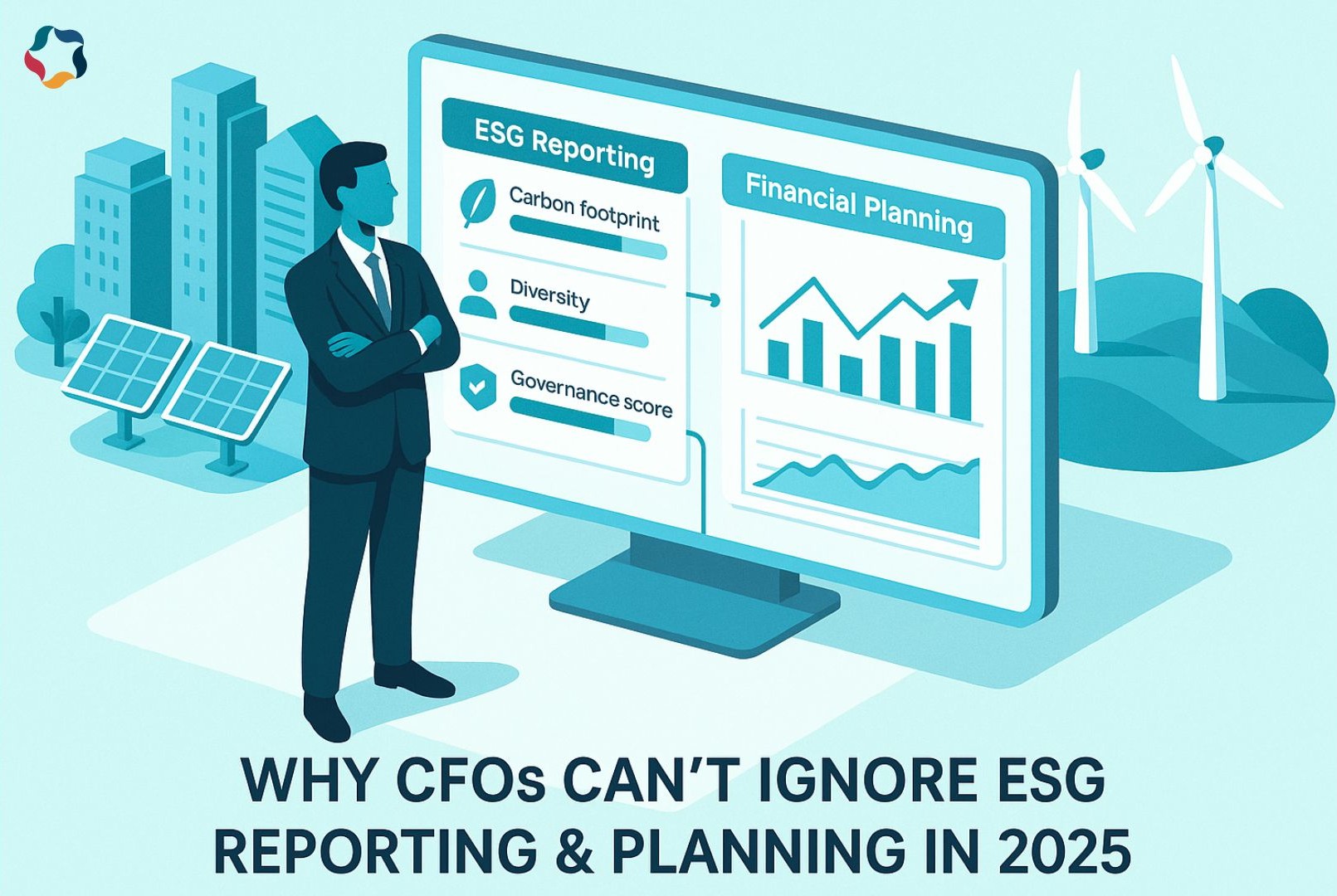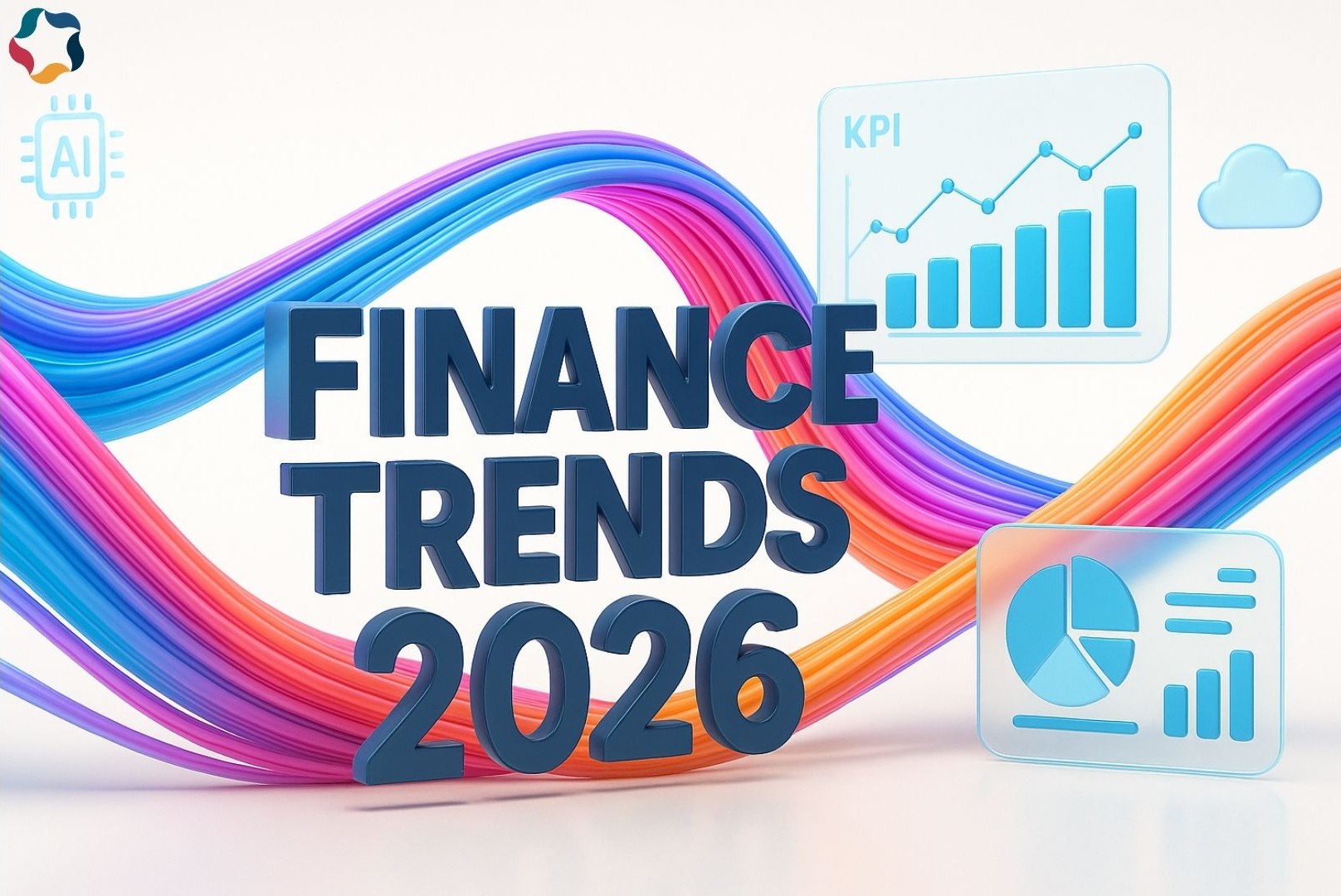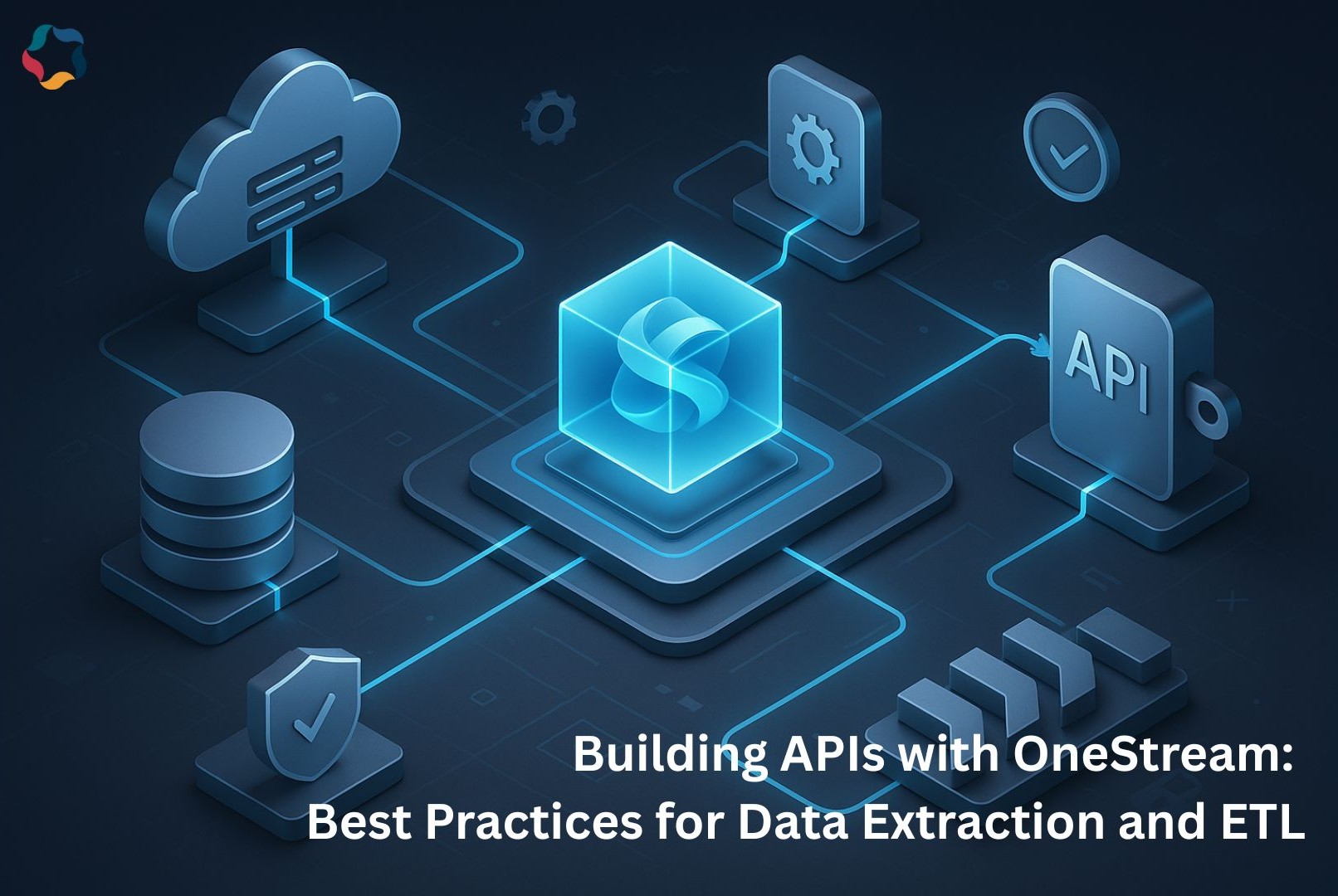
Table of Contents
In today’s rapidly evolving business landscape, ESG Reporting & Planning has become more than a compliance requirement – it’s a strategic lever that impacts reputation, risk, and long-term value. As the guardians of data, strategy, and financial insight, CFOs are uniquely positioned to turn ESG into a driver of measurable performance.
What Is ESG Reporting & Planning and Why It Matters to CFOs
Environmental, Social, and Governance (ESG) issues are shaping corporate strategy and investor expectations. ESG Reporting & Planning allows CFOs to:
• Quantify environmental impacts like emissions and energy use
• Track social indicators such as diversity and employee wellbeing
• Ensure governance standards across compliance, transparency, and ethics
These metrics, once siloed in sustainability reports, now directly influence financial forecasts, risk models, and access to capital.
How ESG Reporting & Planning Impacts Financial Strategy
According to global surveys, over 75% of investors factor ESG performance into decision-making. CFOs who lead ESG Reporting & Planning can:
• Reduce exposure to ESG-related risks (climate penalties, supply chain issues)
• Secure lower-cost financing via green bonds or sustainability-linked loans
• Optimize resources by identifying cost-saving sustainability initiatives
• Build stakeholder trust and brand equity
By aligning ESG with financial KPIs, CFOs enable better, faster strategic decisions.
Tools That Help CFOs Streamline ESG Reporting & Planning
Traditional spreadsheets can’t manage the complexity of ESG data. Modern Corporate Performance Management (CPM) platforms like OneStream provide:
- Integrated ESG and financial reporting dashboards
- Scenario planning for climate or compliance risks
- Unified data models for sustainability and P&L forecasts
- Audit-ready traceability of ESG data across business units
With these tools, CFOs can build trust and accountability into every ESG initiative.
The Long-Term Value of ESG Reporting & Planning
Companies with strong ESG programs consistently outperform peers in:
- Operational efficiency
- Employee retention and engagement
- Investor attraction and valuation multiples
- Regulatory resilience and reputation
ESG Reporting & Planning empowers CFOs to turn purpose into performance – and ensures sustainability is embedded in the business model.
Steps CFOs Can Take to Lead ESG Reporting & Planning
1. Unify ESG & Financial Reporting
Eliminate data silos and create a single source of truth by integrating ESG KPIs into financial planning models.
2. Leverage Scenario-Based Planning
Use ESG assumptions (carbon pricing, regulatory change) to model long-term impacts on cash flow and profitability.
3. Align ESG with Capital Allocation
Prioritize sustainability-linked investments that drive ROI and qualify for green financing or tax benefits.
4. Invest in ESG Reporting Tools
Adopt platforms that automate ESG data collection, validation, and reporting.
5. Communicate the ESG Story to Stakeholders
Build investor confidence by showcasing how ESG Reporting & Planning drives financial and social outcomes.
Conclusion
CFOs no longer have the luxury of treating ESG as someone else’s domain. With growing regulatory pressure, investor scrutiny, and stakeholder demand, ESG Reporting & Planning is now a core competency of high-performing finance teams.
By leading this charge, CFOs can protect the balance sheet, uncover new value opportunities, and build a resilient, future-ready organization.

Vidhi Patel
Digital Marketing Executive
Vidhi Patel is a Digital Marketing Executive at Solution Analysts, skilled in social media strategy, SEO, and content planning. She Works to grow digital presence and connect meaningfully with their audience across platforms.











 sales@solutionanalysts.com
sales@solutionanalysts.com solution.analysts
solution.analysts






